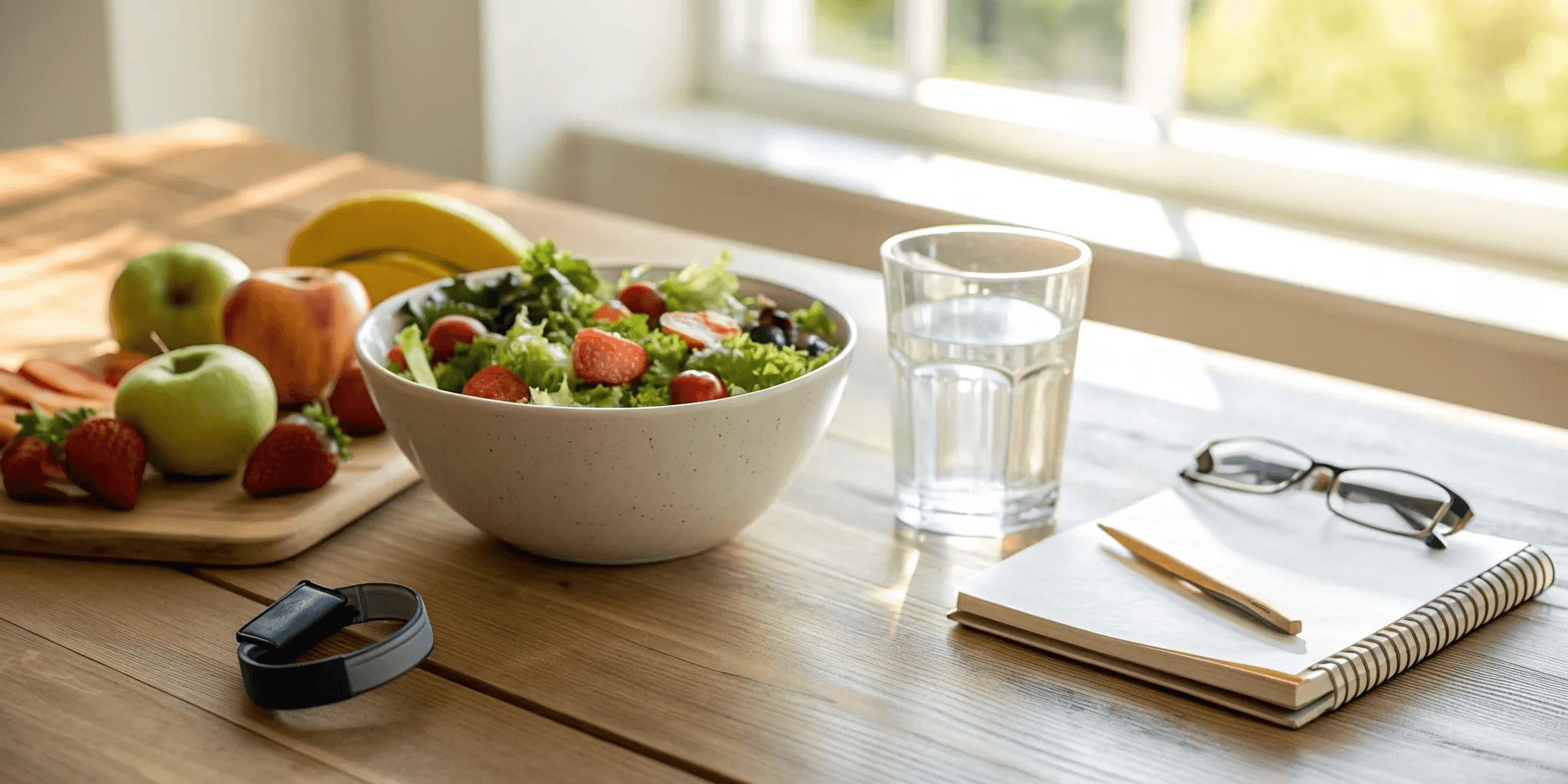Dexcom G7 offers superior CGM features like predictive alerts, faster warm-up, longer lifespan, and multi-device support, making it a smart choice over Libre 3 for better diabetes management.
Heald Membership: Your Path to Diabetes Reversal
Table of content
Continuous Glucose Monitors (CGMs) are revolutionizing diabetes management by providing real-time glucose tracking and alerts, helping users maintain better control over their blood sugar levels. These nifty little devices keep an eye on your blood sugar all day long, so you don’t have to guess or prick your finger constantly. But when it comes to choosing between two heavyweights Dexcom G7 and Libre 3, which one’s the better fit for you? Let’s break it down in a simple, fun way.
What is a CGM?
A Continuous Glucose Monitor (CGM) is a device that tracks glucose levels in real-time, providing continuous feedback throughout the day and night. This technology empowers people with diabetes to make informed decisions about diet, exercise, and medication management, improving overall health outcomes.
Dexcom G7 vs Libre 3: Key Features Comparison
Feature | Dexcom G7 | Libre 3 |
Sensor Lifespan | 15 days + 12-hour grace period (total 15.5 days) | 14 days |
Warm-up Time | 30 minutes | 60 minutes |
Device Compatibility | Smartphone, Apple Watch, Receiver | Smartphone only |
Predictive Alerts | Yes | No |
Real-time Alerts | Yes | Yes |
Sensor Size & Design | Smaller and fully disposable sensor & transmitter combined | Sensor + separate reader device |
Grace Period After Expiry | 12 hours grace period | No grace period |
App Interface | Highly interactive with detailed reports | Basic glucose readings and alerts |
Why Dexcom G7 Stands Out: Benefits and Advantages
1. Longer Sensor Lifespan and Grace Period
One of the most significant advantages of the Dexcom G7 is its extended sensor lifespan of 15 days, compared to the Libre 3's 14 days. While this may seem minor, the G7 also offers a 12-hour grace period after sensor expiration, giving users flexibility in replacing sensors without losing continuous data tracking. The Libre 3 does not have this feature, meaning users need to replace the sensor precisely on time.
2. Faster Warm-up Time
The Dexcom G7 requires just 30 minutes to warm up and start providing accurate readings, which is half the time needed for the Libre 3 (60 minutes). This shorter warm-up means less downtime and quicker access to glucose monitoring after sensor insertion.
3. Enhanced Device Compatibility
Dexcom G7 is compatible with smartphones, Apple Watch, and dedicated receivers, offering multiple ways for users to conveniently access their glucose data. The Libre 3, however, only supports smartphone compatibility, limiting options for users who prefer wearable tech like the Apple Watch or need a receiver device.
4. Predictive Alerts for Proactive Diabetes Management
The Dexcom G7 offers predictive alerts, which notify users of impending high or low glucose levels before they happen. This feature allows users to take proactive steps to avoid dangerous glucose swings. In contrast, the Libre 3 provides real-time alerts but does not predict future glucose trends.
5. Smaller, More Comfortable Sensor Design
The G7 integrates the sensor and transmitter into a smaller, more discreet unit that is easier and more comfortable to wear. This design improvement enhances user comfort and convenience, especially for active users.
User Experience and Compatibility
The Dexcom G7's intuitive app interface delivers detailed glucose trends, customizable alerts, and data-sharing options with caregivers and healthcare providers. Apple Watch compatibility provides quick glanceability for glucose trends on the wrist, offering added convenience for on-the-go monitoring.
Meanwhile, Libre 3 users rely solely on a smartphone app, which might limit quick checks during activities or emergencies.
Predictive Alerts and Safety Features: Why They Matter
The addition of predictive alerts in Dexcom G7 is a game-changer for many users. These alerts can signal an approaching hypoglycemic (low blood sugar) or hyperglycemic (high blood sugar) event, giving users a vital window to take preventive actions. This can reduce the frequency of emergency episodes and hospital visits, improving safety and quality of life.
Cost and Insurance Coverage Considerations
Both Dexcom G7 and Libre 3 are covered by many insurance plans, but coverage specifics vary. It's essential to consult your healthcare provider and insurance company to understand your benefits. Some users report easier insurance approvals and replacements with Dexcom due to its growing market presence and extensive clinical support.
Conclusion: Making an Informed Choice
Both the Dexcom G7 and Libre 3 CGMs offer advanced glucose monitoring technology designed to improve diabetes management. However, for users seeking longer sensor life, faster warm-up times, multi-device compatibility, predictive alerts, and enhanced user comfort, the Dexcom G7 often emerges as the preferred option.
When deciding, consider your lifestyle, device compatibility preferences, budget, and healthcare provider recommendations. Always discuss sensor options with your doctor to choose the CGM that best fits your individual needs.

Popular Blogs
Comments









